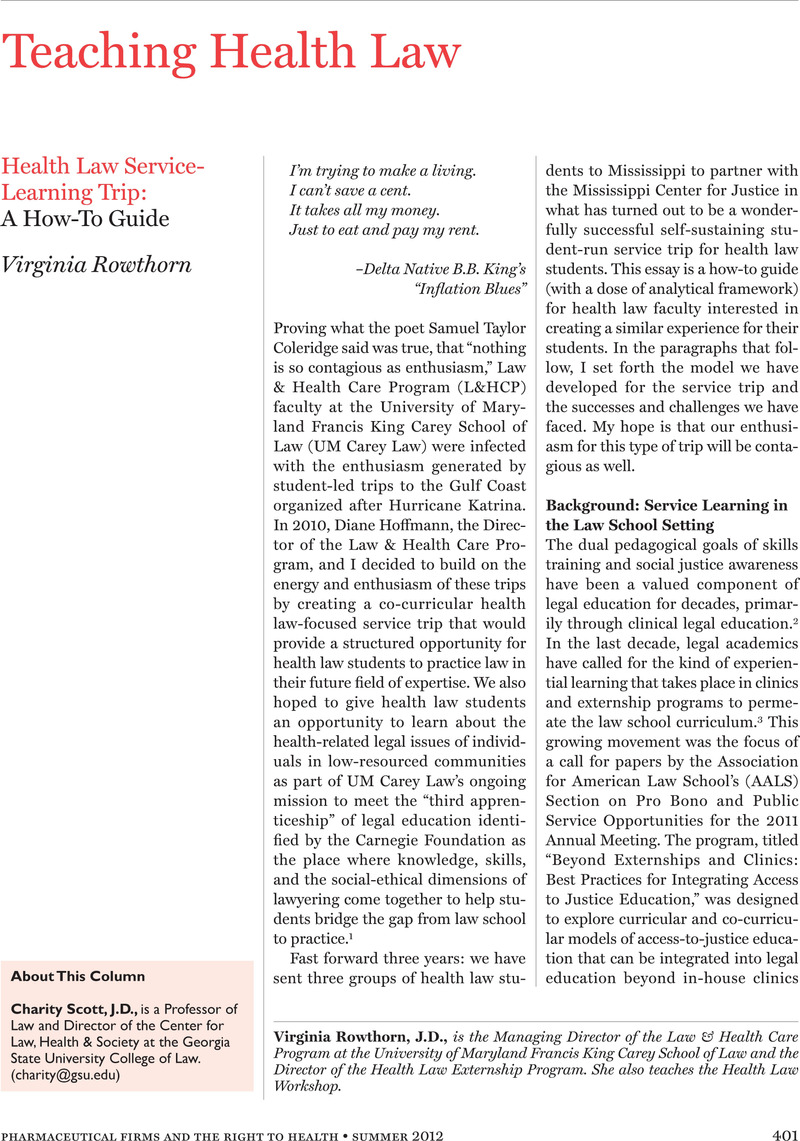Crossref Citations
This article has been cited by the following publications. This list is generated based on data provided by Crossref.
Baytor, Tanya
and
Cabrera, Oscar
2014.
Using Experiential Learning to Develop Interprofessional Skills in Global Health: Perspectives from the O'Neill Institute for National and Global Health Law.
Journal of Law, Medicine & Ethics,
Vol. 42,
Issue. S2,
p.
65.



